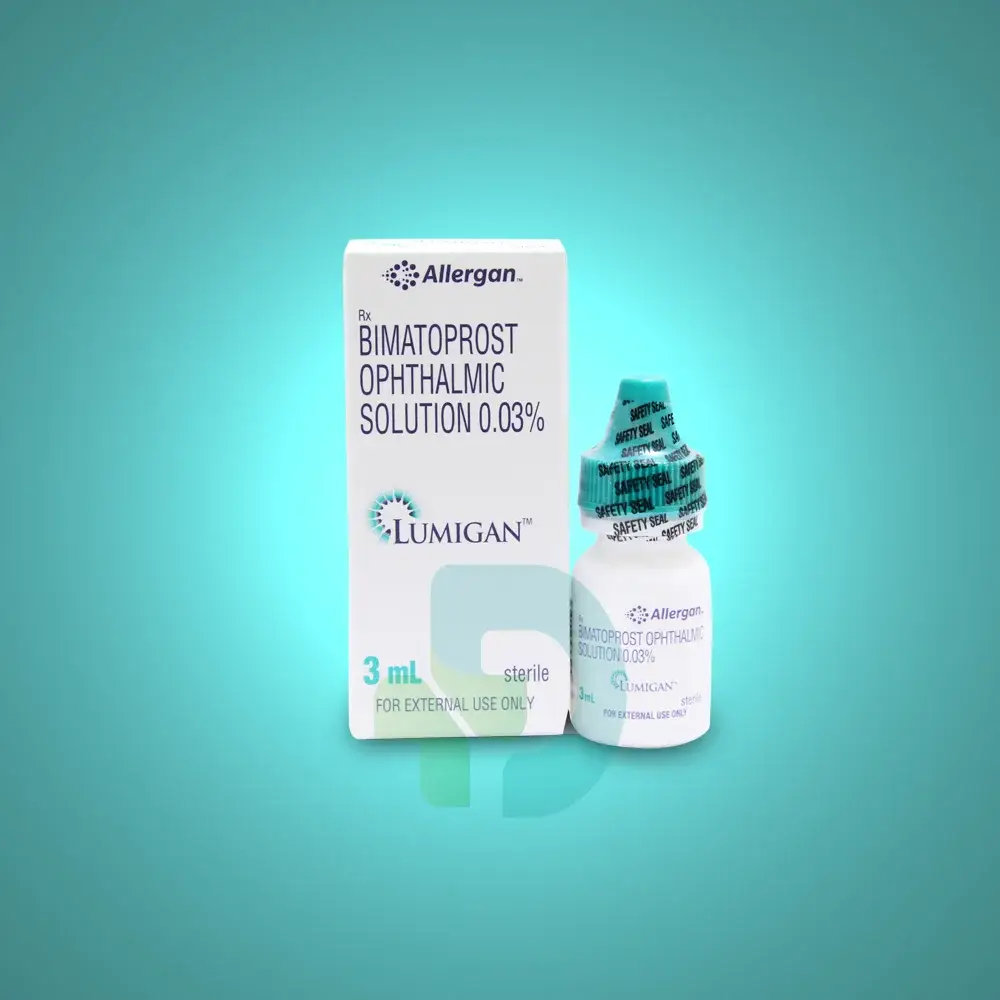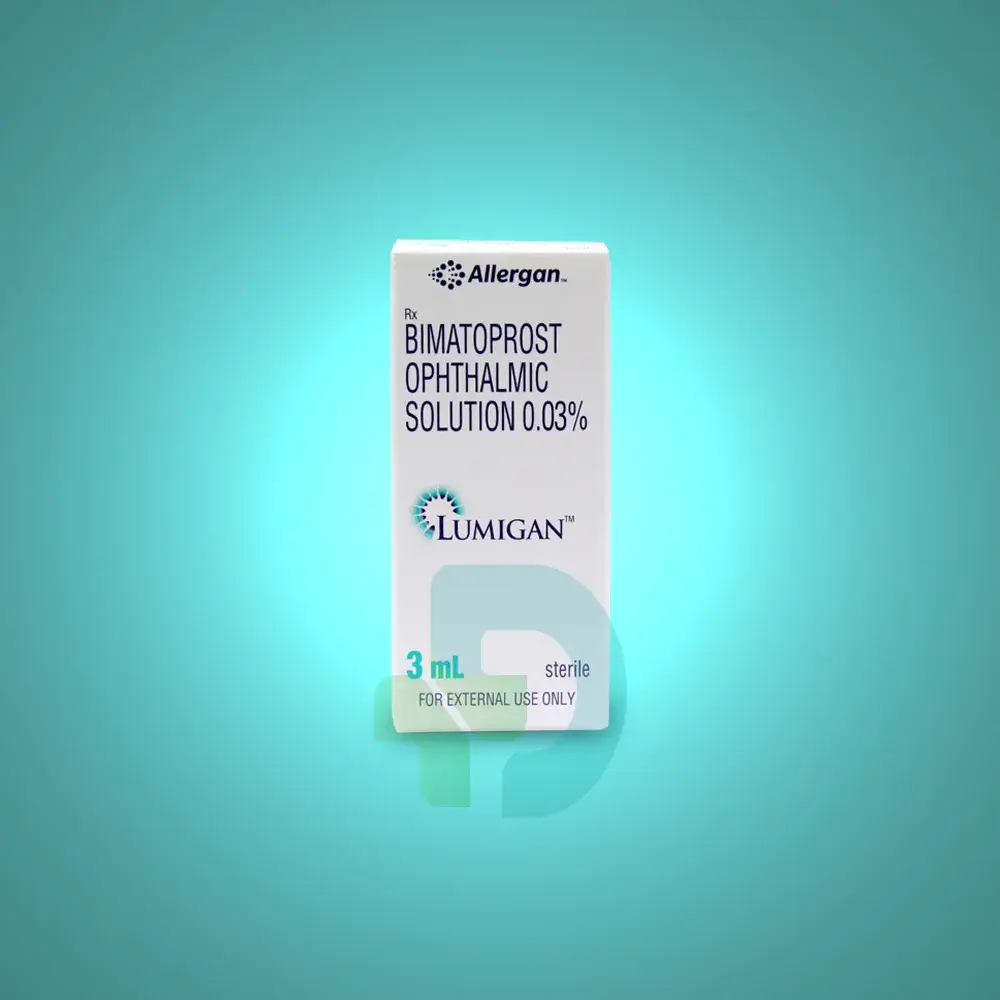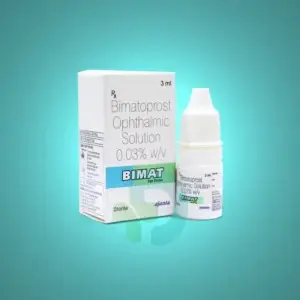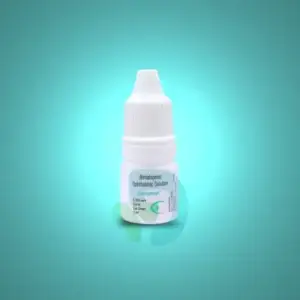What is Lumigan 0.01%
Lumigan /successfully treats glaucoma and other eye conditions. It is an ophthalmic solution, which means it comes as a liquid that you apply directly to your eyes. The active ingredient in Lumigan, bimatoprost, helps reduce eye pressure by increasing the drainage of watery fluid from the looks. Though it is generally safe and effective when used correctly, you should be aware of some possible side effects and drug interactions before beginning treatment. This guide post will cover all aspects of using it – from usage instructions to dosage amounts, side effects, and drug interactions. By understanding this information on it, you can ensure you properly use the medication and stay safe.
Lumigan is an FDA-approved medication advised for glaucoma and other factors that cause high pressure inside the eye. The drug curbs pressure in the eye by draining more fluid out of sight.
It is available as an ophthalmic solution, which is used topically (applied to the eye’s surface). It is typically instilled in the affected eye(s) once daily in the evening. The usual side effects of the medication are eye irritation, redness, and itching.
What is Lumigan (Bimatoprost Ophthalmic) used for?
Ocular hypertension :-
Lumigan is a drug that relieves high pressure in the eye (ocular hypertension) and helps with glaucoma. When there is an excessive buildup of fluid inside your eye, high pressure might result. Lumigan aids in the fluid’s drainage. High pressure can harm your optic nerve and result in blindness or visual loss if it is not treated.
Glaucoma (Open Angle) :-
Glaucoma (Open Angle) is a common eye condition characterized by increased intraocular pressure, resulting from impaired fluid drainage in the eye. If left untreated, it can lead to optic nerve damage and vision loss. Treatment options for open-angle glaucoma include medication, such as eye drops, laser therapy, and in some cases, surgery. The aim is to lower intraocular pressure and prevent further damage to the optic nerve. Regular eye examinations and early detection are crucial for managing and treating open-angle glaucoma effectively.
To achieve the best results when using Lumigan® 0.01%, an ophthalmic solution containing bimatoprost, it is important to follow the instructions provided by your healthcare professional. Here are some general guidelines for using Lumigan® 0.01%:
- Wash your hands thoroughly with soap and water before handling the eye drops.
- Tilt your head back and look up at the ceiling.
- Gently pull down the lower eyelid to create a small pocket.
- Hold the bottle of Lumigan® 0.01% upside down, with the dropper tip pointing downwards.
- Place one drop of the solution into the pocket formed by the lower eyelid. Be careful not to touch your eye or surrounding areas with the dropper tip to prevent contamination.
- Release the lower eyelid and close your eye gently. Do not blink or squeeze your eye for a few minutes to allow the medication to be absorbed properly.
- If you are using Lumigan® 0.01% in both eyes, repeat the process for the other eye.
- Recap the bottle tightly after each use to prevent contamination.
- If you wear contact lenses, remove them before using Lumigan® 0.01%. You can reinsert your contact lenses 15 minutes after using the eye drops.
- Use Lumigan® 0.01% exactly as prescribed by your healthcare professional. Follow the recommended dosage and frequency.
- Do not discontinue or change the dosage without consulting your healthcare professional.
- It is important to use Lumigan® 0.01% regularly and consistently to achieve the best results. If you miss a dose, apply it as soon as you remember. However, if it is close to the time for your next dose, skip the missed dose and continue with your regular schedule.
- If you experience any discomfort, irritation, or other side effects while using Lumigan® 0.01%, contact your healthcare professional for further guidance.
Important
Remember, these instructions are general guidelines, and it’s important to consult your healthcare professional for specific instructions tailored to your condition. They can provide you with detailed guidance on using Lumigan® 0.01% to ensure the best results and address any concerns you may have.
Side effects of Lumigan?
Lumigan’s most common side effects are temporary and include decreased night vision, These side effects usually last a few hours after using the drop and generally resolve with continued use
Other side effects are rarer and more likely to occur with long-term use of Lumigan.
COMMON Side Effect :-
- A reddened eye
- Changes in and around the eyes, include a sunken eye, drooping eyelids, tightness of the skin around the eyes, and an increase in the visibility of the lower white portion of the eye
- Small tears in the eye’s surface, either inflammatory or not
- Itching, stinging, or pain in the eyes
- A sensation that something has gotten into your eye
- Longer lash length
- Skin tone around the eyes that is darker
- A dry eye
UNCOMMON Side Effect :-
- bleary eyes
- responsiveness to light
- Darker iris color
- crinkling on the edge of the eyelid
- Eyelid edema and itching
- more tears being produced
- hazy vision
- decrease in eyelashes
Pros and Cons of Lumigan 0.01%
PROs
- Beneficial for lowering excessive eye pressure
- Used only once every day
- Fewer adverse effects are likely to occur than with several alternatives
CONs
- Can alter the color of your eyes forever
- Removes soft contact lenses, which is necessary
- Costs more than alternatives even though a generic is available
Precaution
Before using bimatoprost, tell your doctor or pharmacist if you are allergic to it; or if you have any other allergies. This product may contain inactive ingredients (such as preservatives like benzalkonium chloride), Talk to your doctor or pharmacist before using this product if you have any other questions or concerns.
Check with your doctor about the continued use of your current bottle of bimatoprost, if you have any of the following
Your vision may be blurred, or you may see jumps in your vision. Do not drive or operate machinery until the effects of the drug are worn off. This drug has a negative effect on your motor skills.
Safety
CAUTION: This product may cause skin irritation. Avoid contact with eyes, broken or inflamed skin, or sunglasses, and fabrics such as wool or silk. Keep out of reach of children.
FAQ About Lumigan
What are the common side effects of Lumigan?
Common side effects may include eye redness, itching, irritation, blurred vision, eyelash growth, darkening of the eyelashes or skin around the eyes, and changes in iris color. Contact your healthcare provider if you experience any bothersome or concerning symptoms.
Can Lumigan change the color of my iris?
Yes, Lumigan can cause changes in iris color, particularly in individuals with mixed-color irises. These changes may include darkening, browning, or increased pigmentation of the iris. The effects are permanent and may become more noticeable over time.
Is Lumigan safe for use in children?
Lumigan is generally not recommended for use in children under the age of 16 years. Consult with a pediatric ophthalmologist for appropriate treatment options for children with glaucoma.
Can Lumigan cause eye allergies or hypersensitivity reactions?
In some cases, Lumigan may cause eye allergies or hypersensitivity reactions, leading to symptoms such as redness, itching, swelling, or discomfort in the eyes. If you experience these symptoms, contact your healthcare provider for further evaluation.
Can Lumigan cause changes in eyelid skin pigmentation?
Lumigan (when used as Latisse) may cause darkening of the skin along the eyelid where it is applied. This is typically reversible upon discontinuation of the product.










Reviews
There are no reviews yet.